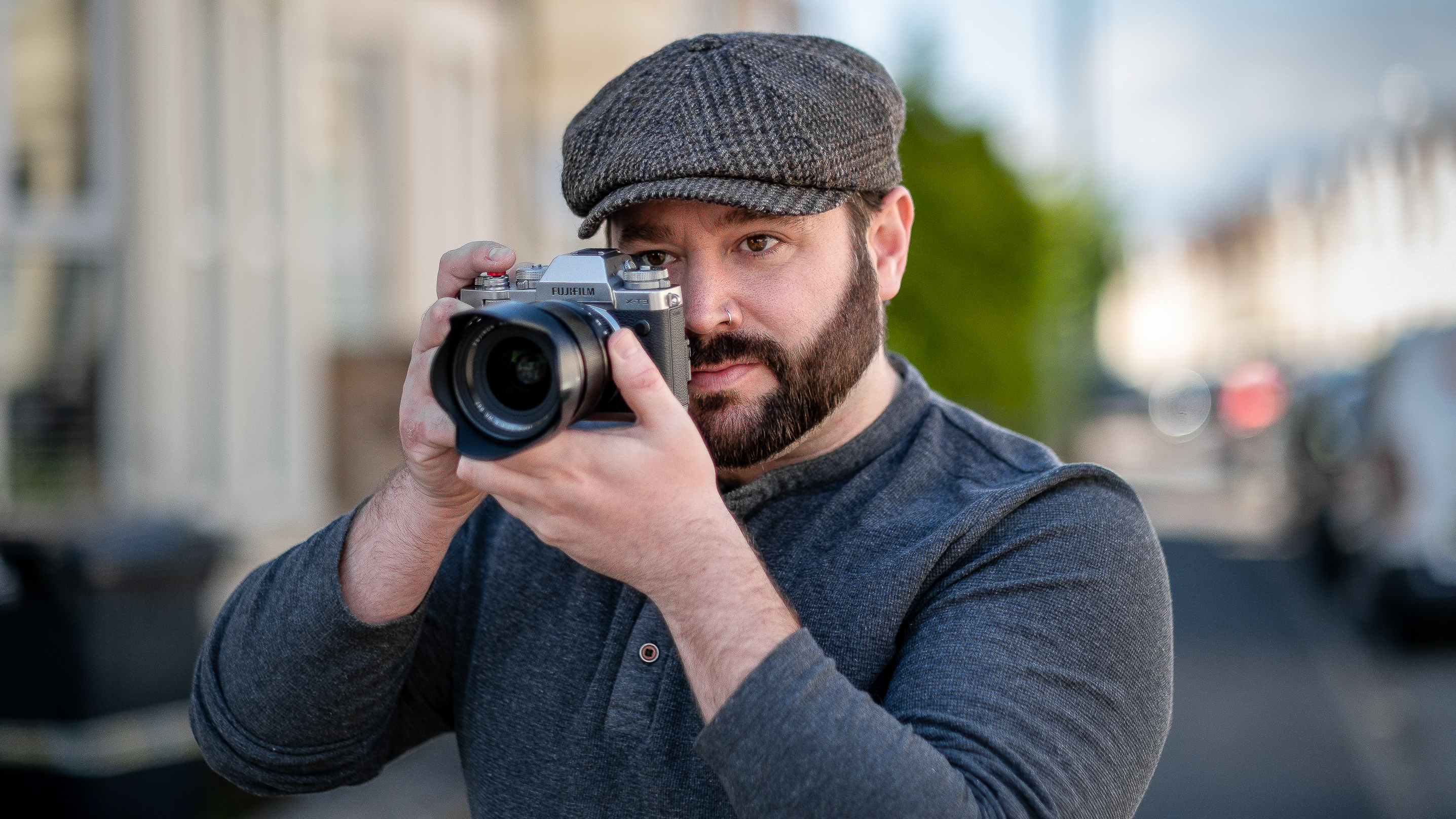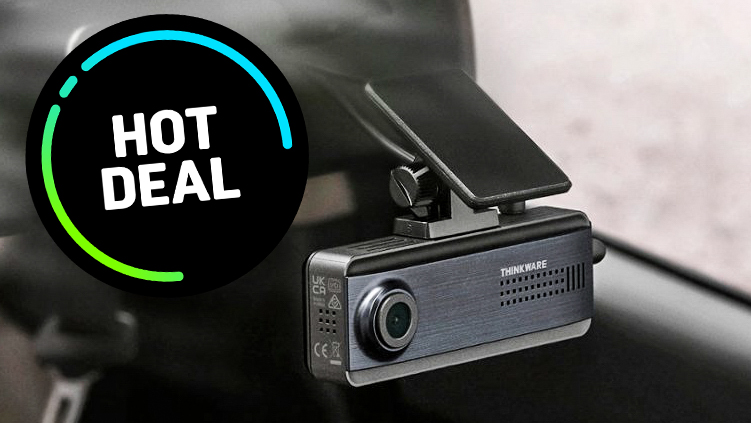Interview: Kristin Bedford explores race, visual stereotypes and lowrider car culture
Kristin Bedford's 'Cruise Night' is an intimate and unstaged exploration of Mexican American lowrider car
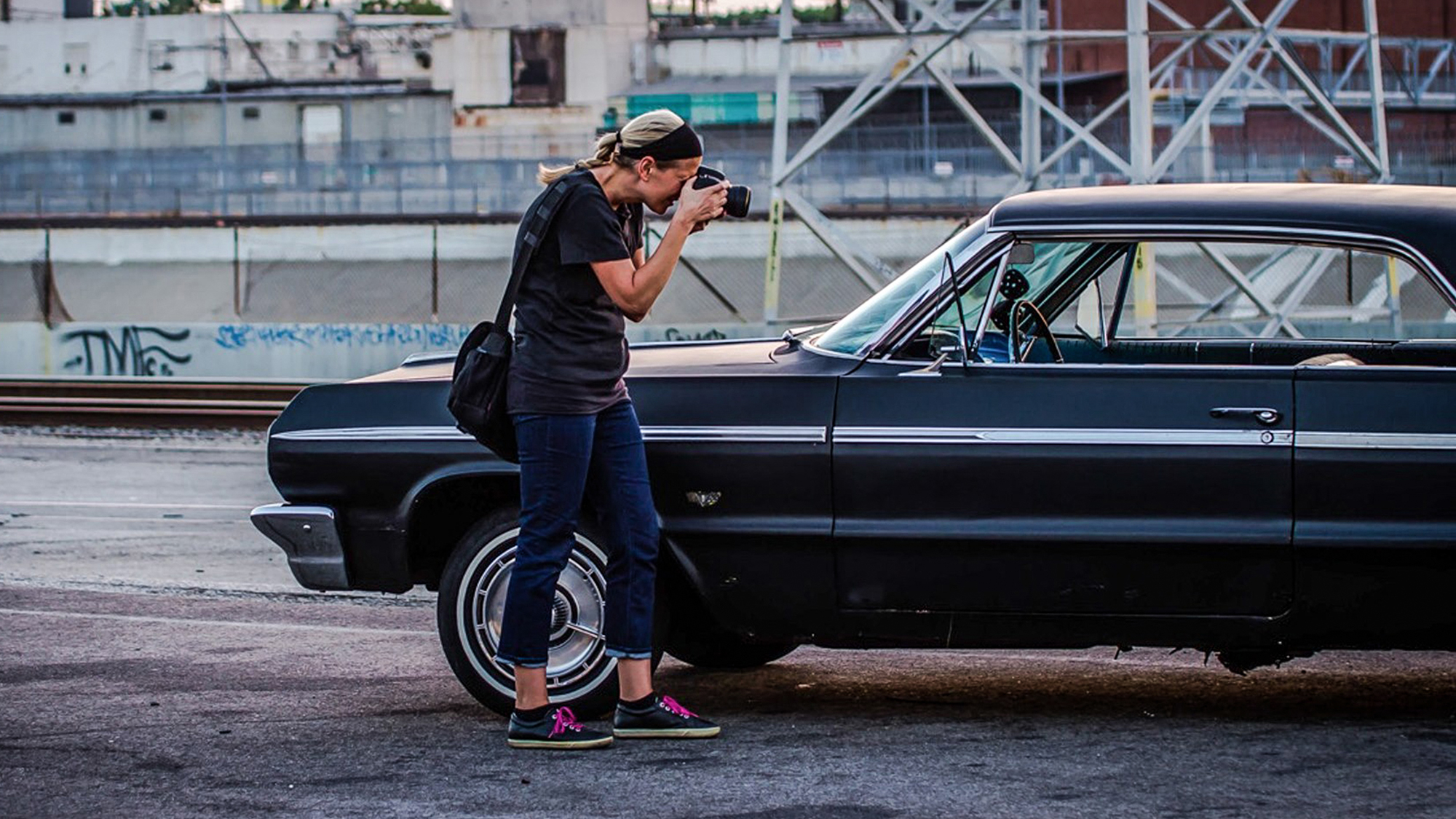
Located at the intersection of aesthetics and social realism, Kristin Bedford’s photography explores race, visual stereotypes and communal self-expression. Through long-term engagement with communities, Bedford makes photographs that invite us to reconsider prevalent visual narratives around cultural and spiritual movements.
Known for her quiet portraits of American cultural movements, Bedford’s new work, Cruise Night, is an intimate and unstaged exploration of Mexican American lowrider car culture in Los Angeles. From 2014 to 2019 she attended hundreds of lowrider cruise nights, car shows, quinceañeras, weddings and funerals.
• Read more: Best camera for car photography
Bedford’s photographs explore the nuance of cars as mobile canvases and the legendary community that creates them. With the bold language of color photography and the female vantage point, Cruise Night is an original look at a prolific American movement set against the Los Angeles cityscape.
You can find out more about Kristin and her work via her website, and we were pleased for the opportunity to sit down and chat with her.
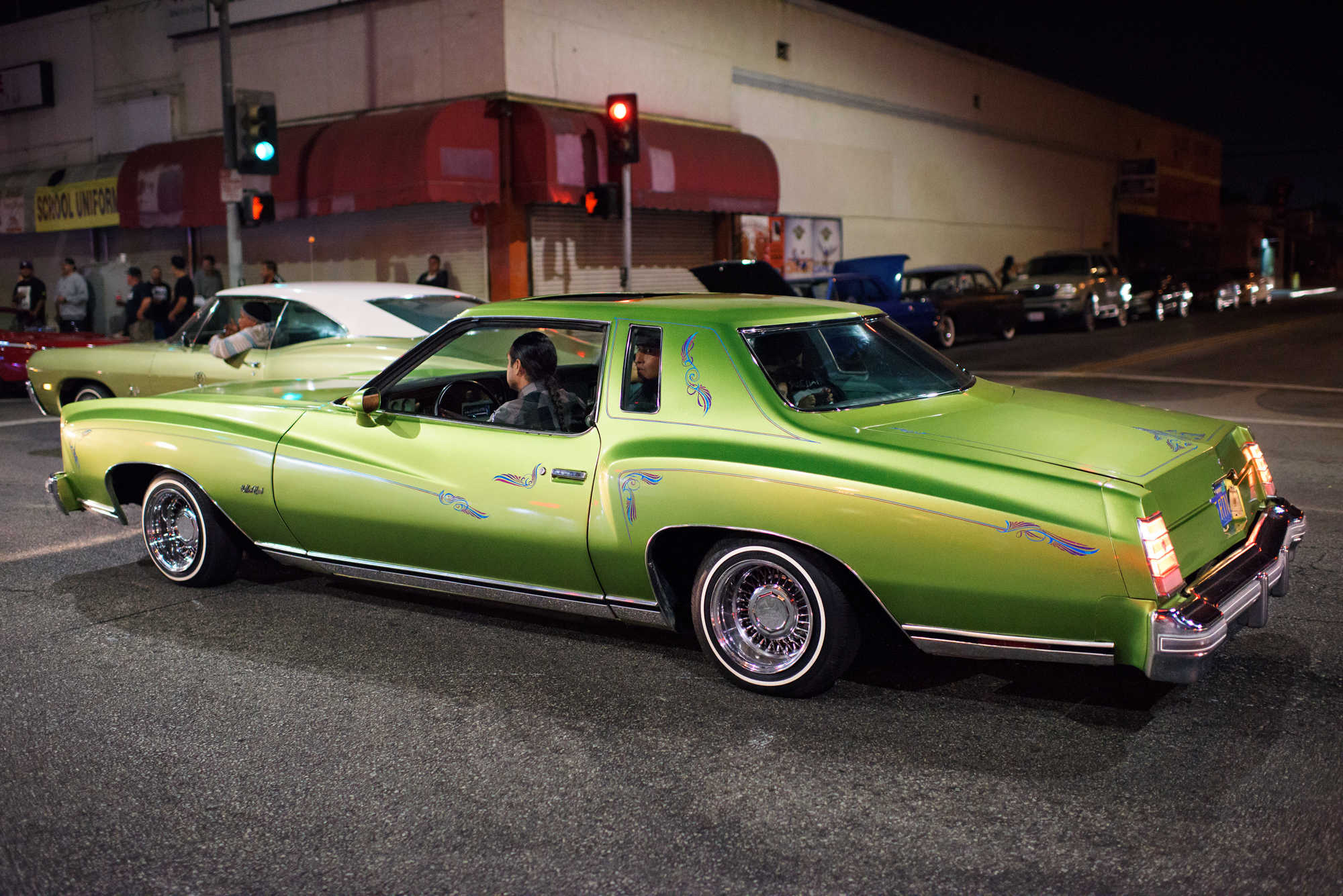
How did you end up becoming involved with the lowriders of LA?
Underlying all of my projects is an interest in social justice and how communities express their civil rights in a society that often marginalizes them. My path to lowriding came from an interest in how the customization of a car is about having a voice – politically, culturally and creatively. While lowriding is a worldwide phenomenon, for Mexican Americans in Los Angeles, it has a unique significance.
Get the Digital Camera World Newsletter
The best camera deals, reviews, product advice, and unmissable photography news, direct to your inbox!
For over 70 years, this community has been expressing their identity through this distinct car culture. I wanted to photograph and understand how transforming a car was integral to being seen and heard.
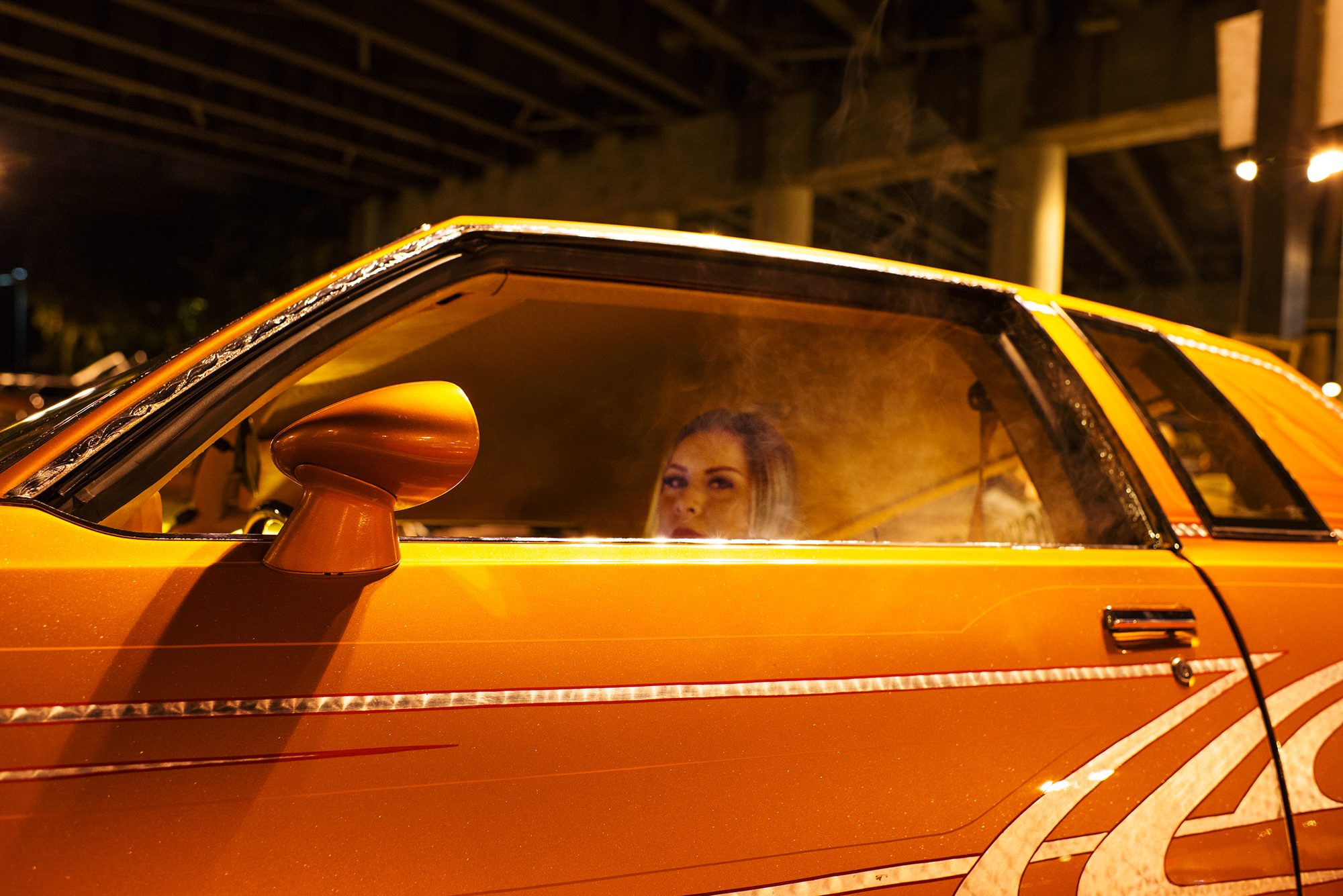
How do you approach photographing what is essentially two different genres of photograph in one go – people and automobiles?
Cruise Night is deeply personal and reflects my practice of making images filled with quietude and stillness. This disposition is reflected in the intimate photos of both the details of car customization and of the lowrider community. There are very few photographs featuring an entire car or a crowd of people.
I found that closeness to the movement, both material and relational, is where I found my voice. It was never a matter of combining automotive and people genres, but always an expression of what I experienced.
I don’t place constraints on how long a project should take. I want the story to play out naturally.
Since I don’t ever introduce my own lighting source, I found how to best illuminate the cars with what the landscape provided. I learned which corners on the popular boulevards had the brightest streetlights and I would use them to light the cars as they went by.
I also learned that headlights and interior car lights would be of assistance. You will see a lot of photographs in Cruise Night lit by the cars themselves.
So many of the images are extremely ‘clean’ looking. Is this just a part of being shot in LA or this happen in post-production, or both?
When a lowrider prepares their car to go to a cruise night or a car show they have spent months, maybe years, getting it ready to be seen. Immediately before an event they may spend a couple days buffing and cleaning the car. The goal is to show your best. It is a work of art and you want it to shine. When you see a clean image of an automobile, it is because that is what the owner intended you to see.
The quality of light in Los Angeles also plays a large role. Many of the photos in the book were taken in the Golden Hour, where Los Angeles light is exhibited in all its glory. This factor contributes to the natural glow and smoothness of the images.
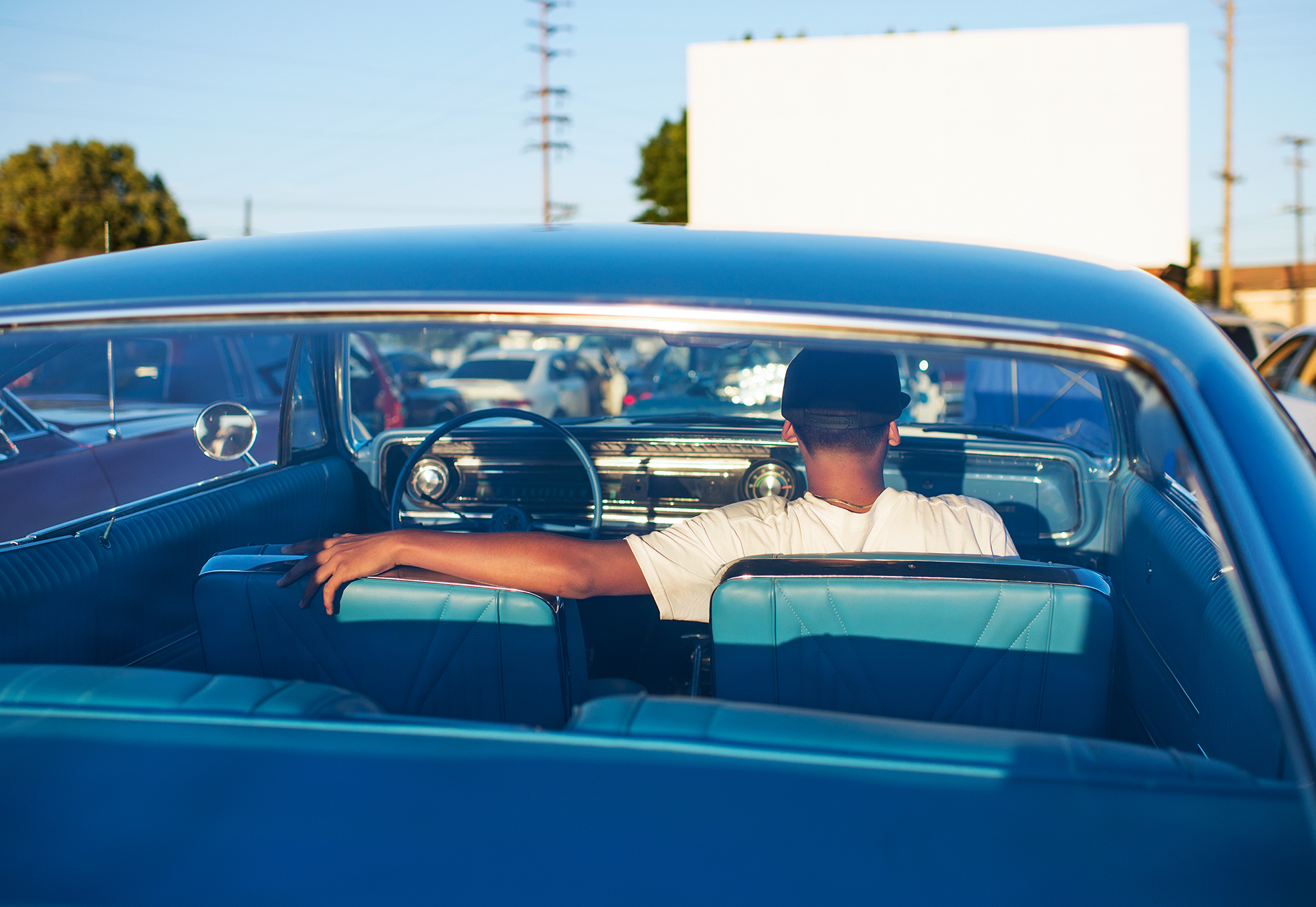
You must shoot far more images than make it to the final selection. What’s your selection process for choosing the best photographs?
While I make the photographs in community, the rest of my process happens in isolation. I return to my art studio and quietly review the images. I am only interested in photographs that move me, and my selection process is entirely intuitive.
Once I come across an image that speaks to me, I print it and place it on one of the long tables in my studio. Over time the tables slowly fill up with these photographs. I never have a plan about where a story should go. I don’t show the work to others, as the process is personal. I patiently watch to see how the photos talk to each other, and for years I cannot know what the end story will be.
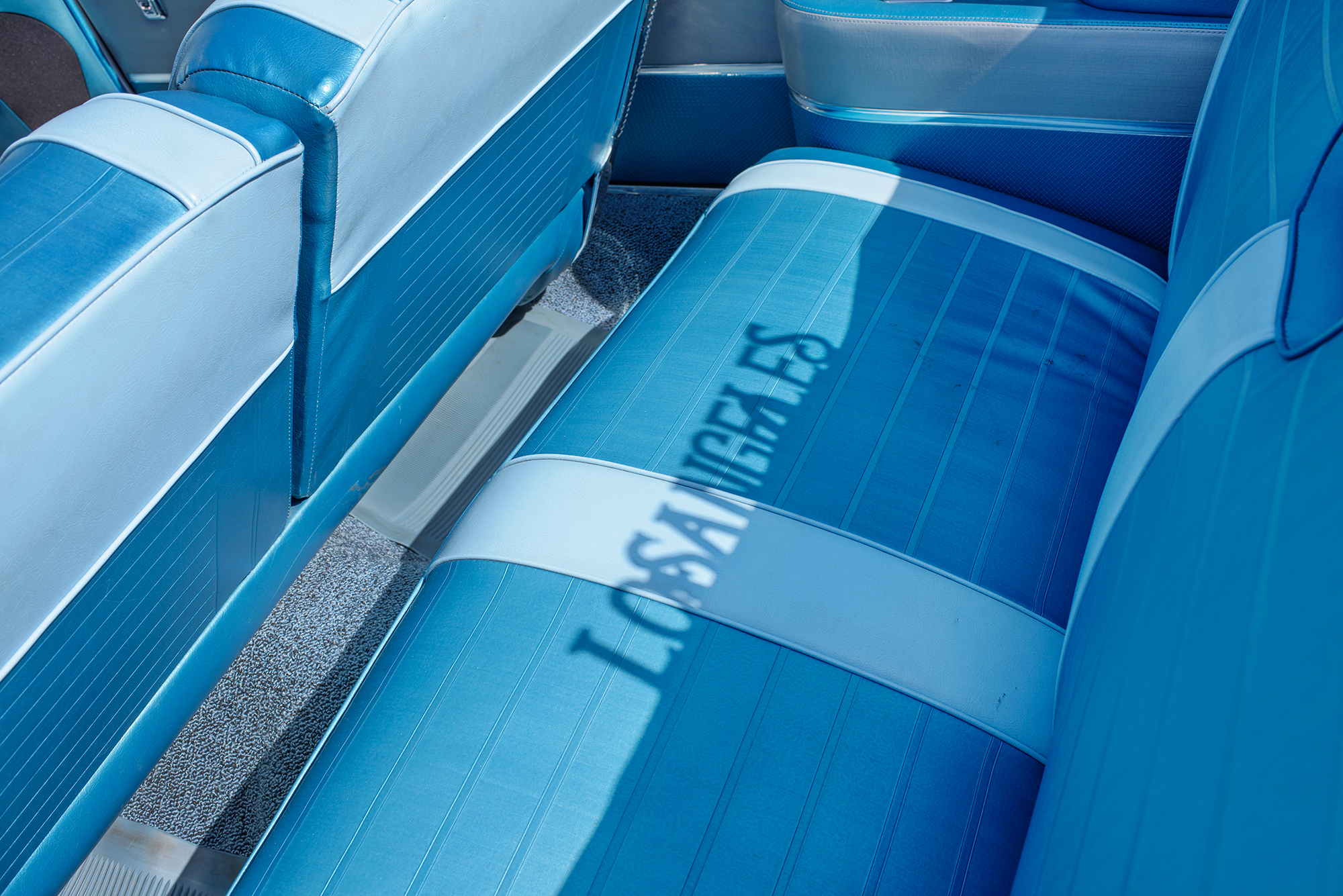
What would be a dream project to create, and do you have any new adventures coming up?
My next project is about a 19th Century perfectionist religious communal society called the Oneida Community, that existed from 1848-1881. The Community had many experimental elements and I hope to focus on the radical role of women.
It will be a multi-tiered project that includes my photographs of the remnants of the Community’s architecture and ephemera, archival photos of the members, and my own family photographs, as I am a direct descendant. This will be the first time I include my own history in a project. While I have these ideas at the outset, once I begin this project, the story could lead in a totally different direction. I am open to seeing what happens.
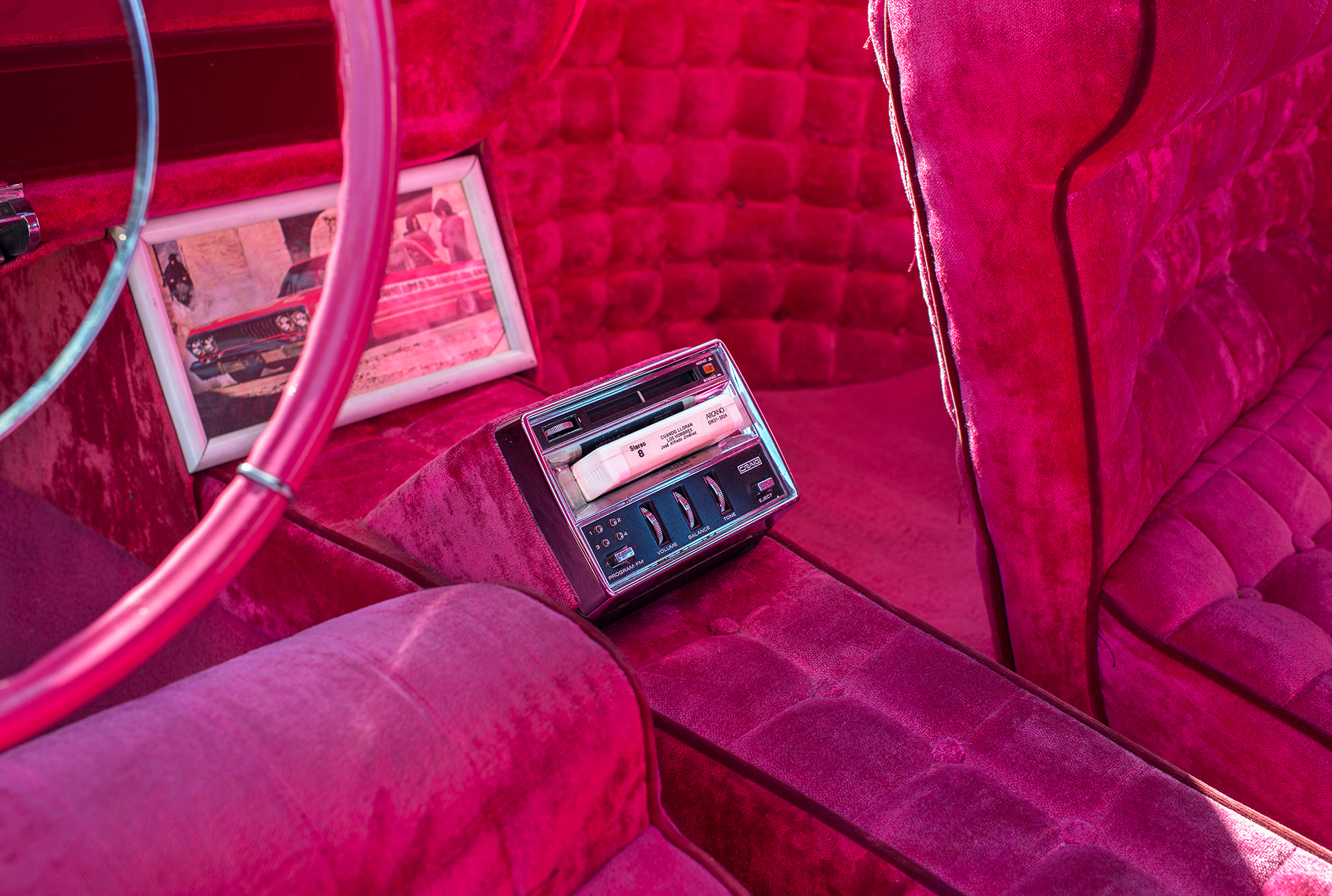
Check out the rest of the interview in the current issue of Digital Camera Magazine Issue 245, on sale now.
Cruise Night by Kristin Bedford is published by Damiani Publications (ISBN: 978-88-6208-727-8), $55 (approximately £40 / AU$75).
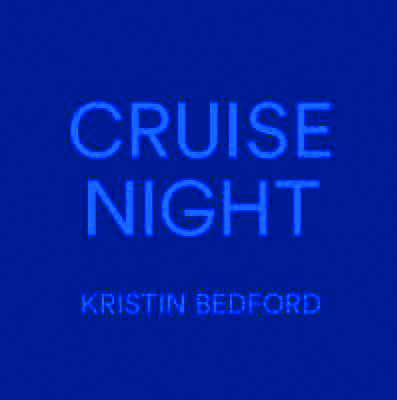
Read more:
Best lens for travel photography
Best lens for portraits
Best camera for portraits
Alistair is the Features Editor of Digital Camera magazine, and has worked as a professional photographer and video producer.
